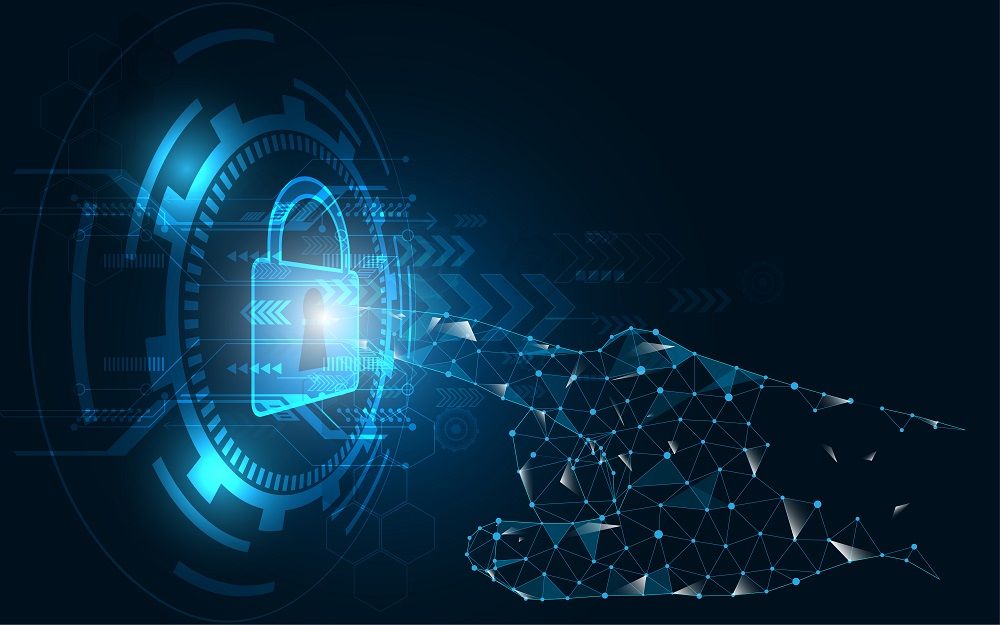Top Cybersecurity Trends to Keep your Businesses Safe in 2023

Cybersecurity trends are an ongoing battle between businesses and hackers, which constantly escalates due to technological advancements. For the last two decades, organisations have improved their cybersecurity efforts to protect their data, information, and systems from malicious attacks. Furthermore, the pandemic has accelerated the need for innovative ways to protect companies’ digital assets from a breach.
Therefore, many business organisations are consciously implementing cybersecurity best practices into their processes to reduce the risk of exposing important data online.
Here, we will discuss the top cybersecurity trends of 2023.
What are the Top Cybersecurity Trends of 2023
Below are the top ten emerging trends in cybersecurity that you must be aware of.
1. Multi-Factor Authentication
Multi-factor authentication or MFA is a process that protects your applications by using a second source of validation before granting access to the user. It allows organisations to verify the identity of users operating an application.
In the past decade, many applications have been using MFA to provide an extra layer of protection and reduce the chances of a data leak.
Here are the benefits of MFA:
- Restricts data access to third-party applications or individuals
- Ideal for businesses that deal with large data sets
- User needs to verify identity on two or more devices which makes it more effective and safer
2. Smart and Intelligent Devices
The world around us is changing rapidly, with more devices and applications being introduced every day. These new applications offer an added layer of protection to business transactions and data. Moreover, these devices are a part of the Internet of Things (IoT), which make them available and connected to the internet. In addition, IoT-equipped devices are devoid of cyberattacks because they have a strong framework that protects them from becoming a prime target for cyberattacks.
3. Security for Increased Ransomware Attacks
Ransomware isn’t a new threat, but the number of attacks has increased in the past decade. It is easier for hackers to gain access to the financial data and personal information of an individual, group, or company. In ransomware attacks, the hackers demand payment in cryptocurrency, which makes it difficult to trace them.
These attacks in 2023, will increase and the need for cybersecurity to stop these attacks is necessary.
4. Security to Safeguard Cloud Services
In the last decade, cloud services’ attack has increased, making them an unsafe medium for storing sensitive company information. Therefore, companies using cloud services for communicating and connecting with peers must be diligent. They should undertake different preventive steps to ensure their sensitive data is safe and secure.
5. Need to Update Systems
Businesses increase the risk of attack by using outdated systems and applications. These apps cannot update themselves according to the rapid changes, making information vulnerable to hackers.
Therefore, companies using outdated systems and applications in 2023 must update or replace them with updated systems to avoid cyberattacks.
6. Need for Data Privacy
Data privacy is a concern in the modern business world. Data breaches and cyberattacks expose sensitive personal information, putting consumers and companies at risk. Modern organisations are using data encryption, password protection, MFA, and network security to strengthen their data privacy.
In 2023, companies must work with cybersecurity professionals to ensure their businesses’ sensitive information is safe and secure.
7. Increased Use of Artificial Intelligence
Data science and analytics are booming, providing businesses with deep insight into their customers’ needs and requirements, competitors’ strategies, and more.
Experts believe that in 2023, businesses will be using AI-powered machines to gain a competitive advantage. They believe that there will be increased use of artificial intelligence (AI) systems in cybersecurity. AI systems will help in automating the cybersecurity process.
8. New technologies and Devices
In 2023, more and more devices will have high-speed internet. Businesses trying to gain an edge over their competitors must utilise this 2023 trend to up their cybersecurity activities. They can protect new technologies and devices, as they will be the prime target for cyberattacks.
9. Security to Reduce Remote Work Risks
The COVID-19 pandemic has led to a massive increase in remote workers. The increased remote work has also upped the risk of cyber threats in many organisations.
Cybercriminals are taking advantage of misconfigured cloud security measures and insecure home devices and networks to access a company’s sensitive information.
Social engineering attacks are not new cybersecurity threats, but with increased remote work, these attacks will no longer be just simple emails mimicking communications. They will be more sophisticated and smarter, and hence a need for a robust cybersecurity measures is important.
Additionally, remote workers are often the target of phishing attempts. To mitigate risks associated with remote work, companies are implementing strict cybersecurity frameworks.
These cybersecurity trends are bound to make organisations increase their security measures. It is expected that companies will be spending more on developing a rigid cybersecurity plan. They will deploy experienced and skilled cybersecurity professionals for the same.
Planning to make a career in cybersecurity? Take an advanced course to learn trending cybersecurity skills and up-to-date knowledge on how to protect the company from hackers.
Emeritus offers some of the best cyber security courses in association with prestigious institutes like IIM and IIT. Enrolling in our learning programme will help you grasp new skills and get akin to emerging cybersecurity trends.
Frequently Asked Questions
Cybersecurity is the process of protecting sensitive information, devices or applications from hackers. It is also known as information technology (IT) security.
-
What are the Top Cybersecurity Threats Right Now?
Below is the biggest cybersecurity threats of 2023:
- Vulnerabilities in the cloud
- Vulnerabilities in mobile devices
- Ransomware
- Lack of data management
- Post-attack procedures are inadequate
-
What is the Future of Cybersecurity?
Here are some points that highlight the future of cybersecurity:
- Artificial intelligence (AI) and machine learning (ML) will be a core component of all cybersecurity systems
- There will be smarter and more inventive cyberattacks
- Increased investment in developing cybersecurity talents to tackle attacks
-
What are the Top Five Types of Cybersecurity?
Here are the five types of cybersecurity:
- Critical infrastructure security
- Application security
- Network security
- Cloud Security
- Internet of Things (IoT) security



